Best
Soprano Ukulele Strings
-
Overall: Long-lasting and durable soprano strings
-
Best Feature: Made from Nylgut material
-
TedScore™: 9.5/10
Best
Concert Ukulele Strings
-
Overall: Produces a clear and articulate sound
-
Best Feature: Bright tone with excellent sustain
-
TedScore™: 9/10
Best
Tenor Ukulele
Strings
SOUND
-
Overall: Perfect intonation, long-wearing qualities
-
Best Feature: Natural pearl colour and super-smooth
-
TedScore™: 9/10
Ready for a **musical adventure**? Grab your **ukulele** and dive in!
But wait, how many strings does your ukulele have? Is it four, six, or maybe even eight? Don’t worry, we’re about to find out!
Join us as we explore the world of ukuleles and discover the answer to the age-old question: How Many Strings Does A Ukulele Have?
Get ready to strum, sing, and have a blast!
The Basics of a Ukulele
The ukulele is a great place to start if you’re new to playing stringed instruments. The ukulele is a small, string instrument that’s easy to learn and play.
It’s a popular instrument in Hawaiian music but has also been used in other genres, such as pop and rock.
The ukulele comes in different sizes, including soprano, concert, tenor, baritone, sopranissimo, and sopranino.

The most common type is the soprano ukulele, which is the smallest and has a high-pitched sound.
The concert ukulele is slightly larger and has a fuller sound, while the tenor ukulele is even bigger and richer. The baritone ukulele is the largest and has a deep, mellow sound similar to a small acoustic guitar.
The strings on a ukulele are usually made of nylon, and they’re much softer and easier to play than the steel strings on an acoustic guitar.
The ukulele is a fretted string instrument, meaning it has frets on the fingerboard that determine the pitch of the notes.
The frets are marked with dots or other symbols on the fingerboard to help you find your way around the instrument.
The Number of Strings on a Ukulele
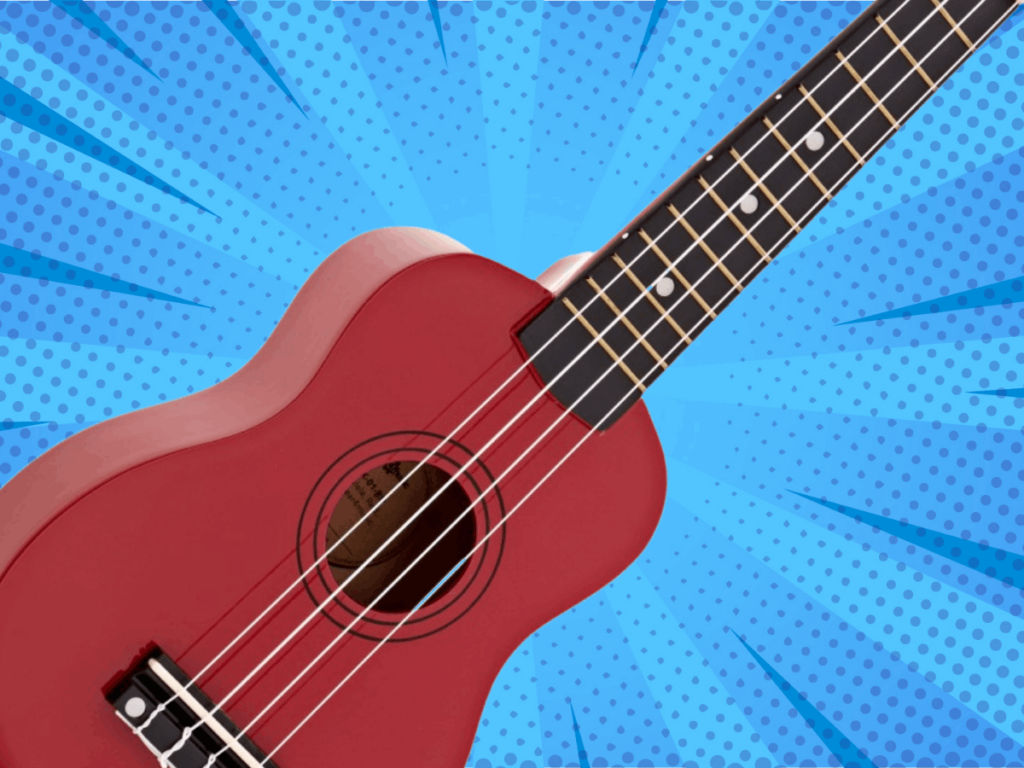
The standard ukulele has four strings. However, there are other types of ukuleles with different numbers of strings.
For example, six-string and eight-string ukuleles are also available. These types of ukuleles with more than four strings are less common, but they can offer a broader range of sounds and playing options.

If you’re interested in playing a six-string ukulele, you should know that it typically has two additional strings compared to a standard ukulele.
To make up its six-string count, this ukulele has double strings on two of its rows. It has a double octave on both its A and C strings. The unique additions of extra strings on these two rows really give the six-string ukulele a sound boost.
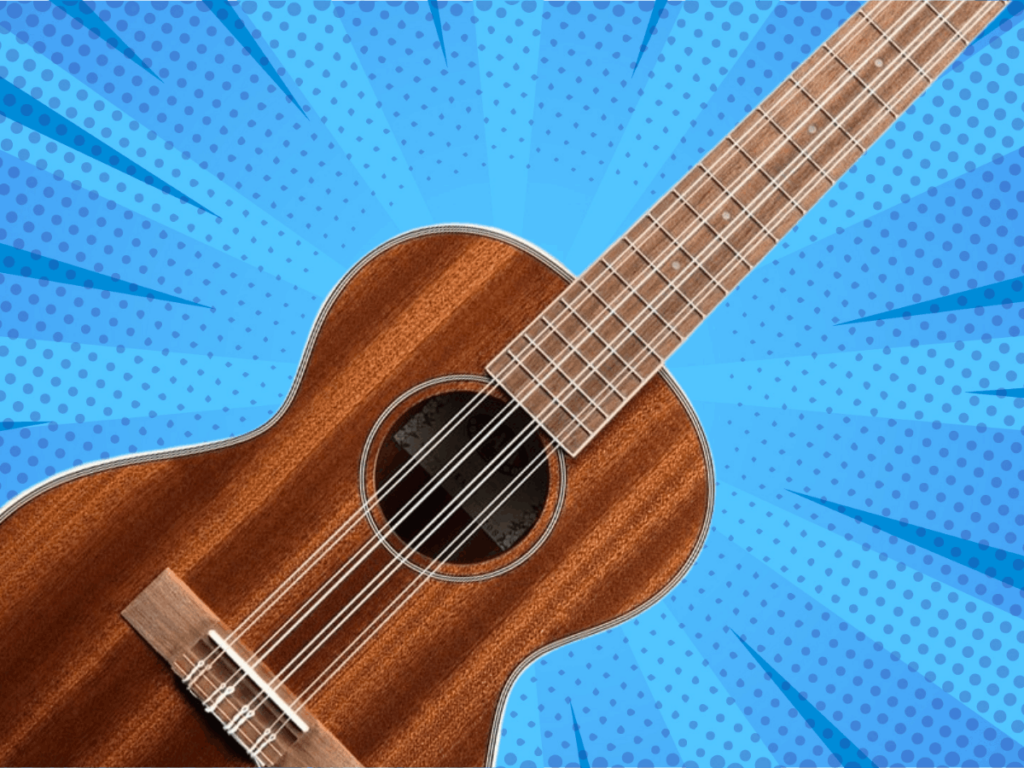
On the other hand, an eight-string ukulele has four additional strings compared to a standard ukulele.
These strings are usually paired with the existing four strings, meaning you’ll have two strings tuned to each note. This can give you an even wider range of sound and playing options.
It’s worth noting that the order of the ukulele strings can vary depending on your type of ukulele.
Ukulele String Materials
Nylon
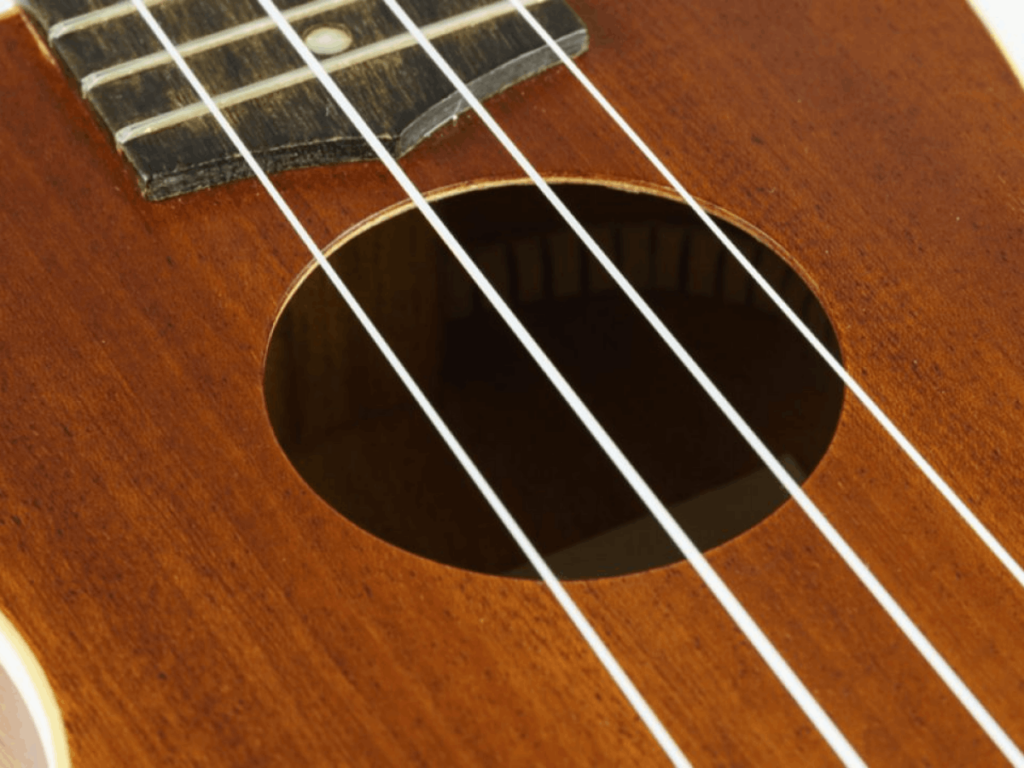
Nylon strings are the most popular choice for ukuleles. They are affordable, easy to find, and produce a bright, clear sound. Nylon strings are also quite durable and can last long with proper care.
Fluorocarbon

Fluorocarbon strings are a newer option for ukuleles. They’re more expensive than nylon strings but are known for their superior sound quality.
Fluorocarbon strings produce a warm, rich tone and are very responsive to the player’s touch.
Steel

Steel strings are not as common on ukuleles as they are on guitars. They have a bright, metallic sound and are very durable. However, steel strings can be hard on the fingers and may not be the best choice for beginners.
Gut

Gut strings were the original strings used on ukuleles. They produce a warm, mellow sound and are still used by some traditional players.
However, gut strings are expensive and require much maintenance to keep them in good condition.
Tuning and Sound of a Ukulele

The standard ukulele tuning is G-C-E-A, or C6 tuning. This means that the fourth string is tuned to a G note, the third string to a C note, the second to an E note, and the first to an A note.
The G string is the highest-pitched string in standard ukulele tuning, while the lowest-pitched is the A string.
This tuning is also known as re-entrant tuning, where the fourth string is higher in pitch than the third string, creating a unique and distinctive sound.
It’s important to note that other ukulele tunings are available, including low G tuning and high ‘G’ tuning.
In high ‘G’ tuning, the fourth string is tuned to a high G note instead of a low G note, which is the standard tuning. This tuning is also known as melody tuning and is famous for playing melodies and solo arrangements.
The sound of a ukulele is determined by various factors, including the type of wood used, the size of the ukulele, and the standard ukulele tuning. The sound of a ukulele can range from bright and cheerful to warm and mellow, depending on these factors.
When tuning a ukulele, it’s important to use a clip-on tuner to ensure that each ukulele string and is tuned correctly. Tuning the ukulele incorrectly can result in a random tuning that doesn’t sound right.
Our Recommended Ukulele Strings
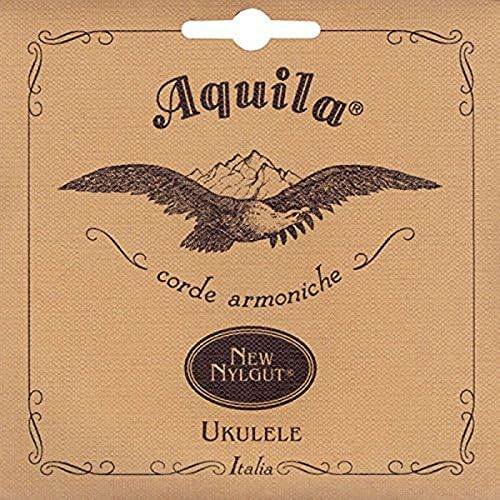
FEATURES: Resistant to changes in humidity and temperature
FEATURES: Low string noise for smooth playing
Aquila Nylgut Soprano Ukulele Strings
When you check the price above, you’ll see there are loads of great places to buy this item. Our personal favorite is Gear4music.
It is the largest music retailer in the UK and fast becoming the most respected online music shop in the US too. Their customer service is excellent, they have competitive prices, really fast shipping, and usually have the longest guarantee.
Most professional musicians use Gear4music, so there is no reason why you shouldn’t too!
- Produces warm and mellow tones
- Offers excellent intonation and tuning stability
- Long-lasting and durable soprano strings
- Easy to install and tune
- May take some time to break in
The professional musician who wrote this article combined many things,
from the product build, manufacturer’s reputation through to feedback
from other users, to create our famous TedScore™.

COMES WITH: bright and projecting tone with excellent sustain
FEATURES: Made from carbon material
D'Addario EJ99SC Pro-Arte Carbon Ukulele Strings
When you check the price above, you’ll see there are loads of great places to buy this item. Our personal favorite is Gear4music.
It is the largest music retailer in the UK and fast becoming the most respected online music shop in the US too. Their customer service is excellent, they have competitive prices, really fast shipping, and usually have the longest guarantee.
Most professional musicians use Gear4music, so there is no reason why you shouldn’t too!
- Provides a longer lifespan compared to traditional nylon strings
- Produces a clear and articulate sound
- Low string noise for smooth playing experience
- More expensive than some other ukulele strings on the market
The professional musician who wrote this article combined many things,
from the product build, manufacturer’s reputation through to feedback
from other users, to create our famous TedScore™.

COMES WITH: Aquila's latest advance in synthetic gut ukulele strings
FEATURES: Natural pearl colour, super-smooth playing surface
Aquila Super Nylgut AQ-106 Tenor Ukulele Strings
When you check the price above, you’ll see there are loads of great places to buy this item. Our personal favorite is Gear4music.
It is the largest music retailer in the UK and fast becoming the most respected online music shop in the US too. Their customer service is excellent, they have competitive prices, really fast shipping, and usually have the longest guarantee.
Most professional musicians use Gear4music, so there is no reason why you shouldn’t too!
- Less stretchy than previous strings, more excellent tuning stability
- Perfect intonation, long-wearing qualities
- When first installed, these strings can take some time to stretch and settle into their proper tension
The professional musician who wrote this article combined many things,
from the product build, manufacturer’s reputation through to feedback
from other users, to create our famous TedScore™.
Common Misconceptions about Ukuleles
Ukuleles only have four strings
Ukuleles are only for Hawaiian music
Ukuleles are just toys
Ukuleles are easy to play
Ukuleles are all the same
How Many Strings Does A Ukulele Have?
Summary
The ukulele is a fascinating instrument that has captured the hearts of musicians and music lovers alike.
Whether it has four, six, or eight strings, the ukulele’s unique sound and playful nature make it a joy to play and listen to.
So, go ahead and pick up your ukulele, strum a few chords, and let the music take you away.
Remember, no matter how many strings your ukulele has, the most important thing is to have fun and enjoy the music.
Happy playing!
But wait, there’s more!
Let’s get you strumming in style!
From sweet sounds to durable designs, we’ve rounded up the Top 15 Best Ukulele For A Beginner that’ll have you plucking and grinning in no time.
FAQ's
Ukuleles typically have four strings, although some variations may have six strings. The four-stringed version is the most common and traditional type of ukulele.
Yes, a ukulele can have 6 strings, although it’s uncommon. Some ukuleles with 6 strings are designed to be played like a miniature bass guitar, with the added strings providing a lower range of notes similar to a bass guitar.
No, not all ukuleles have four strings, as some variations may have six, eight, or even ten strings, but the four-stringed version is the most common and traditional type of ukulele.
For beginners, a soprano ukulele is the best option as it is the smallest and easiest to handle, and it also produces the classic, bright sound typically associated with the ukulele.
A concert ukulele is also a good choice for beginners who want a slightly larger instrument with a fuller sound.










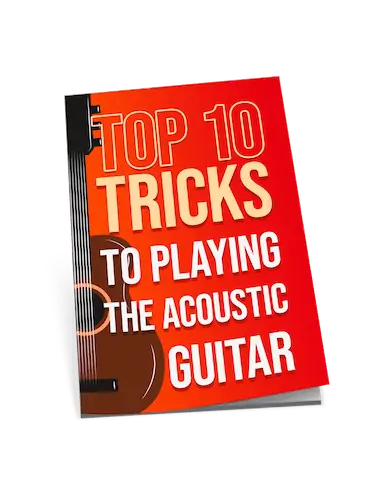
In the quest for musical enlightenment, one often overlooks the humble ukulele, dismissing it as a mere toy or confined to the joyous strains of Hawaiian music. Yet, as Lewis so eloquently elucidates, this versatile instrument transcends its misconceived boundaries, capable of evoking a myriad of emotions across genres. It’s a testament to the ukulele’s adaptability and charm that it can simultaneously be an entry point for novices and a depth of exploration for seasoned musicians. The nuanced discussion on string materials and their impact on sound further enriches one’s appreciation for the craft involved in creating these diminutive yet powerful instruments. Bravo,
Lewis, for illuminating the ukulele’s true essence and dispelling the myths that shroud its potential.
Just wanted to chime in on the misconception about ukuleles being only for Hawaiian music. As someone who’s played guitar for over a decade and recently picked up a ukulele, I’ve found the instrument to be incredibly versatile. From folk and pop to even metal renditions, the ukulele can handle a variety of genres beyond just Hawaiian. It’s been a refreshing journey discovering its range, and it’s helped me grow as a musician. Kudos to Lewis Turner for shedding light on this common misunderstanding.
hey, so like, can u use guitar strings on a uk and it still sounds cool? confusing stuff man
I’ve always been intrigued by the diverse sounds different string materials can produce on a ukulele. It’s fascinating to see how nylon, fluorocarbon, steel, and even traditional gut strings each contribute their unique timbre and feel to the instrument. Having experimented with nylon and fluorocarbon myself, I appreciate the warmth of nylon for more traditional tunes and the bright, crisp sound fluorocarbon offers for more contemporary pieces. It’d be interesting to delve deeper into how each material directly affects playability and overall sound quality in a future article, Lewis Turner.
Indeed, the choice of strings is paramount. Each material brings its essence to the music.
totally agree with LexieQ here. it’s all about finding the right string that matches your music style. personally, i lean more towards fluorocarbon for its consistency. but curious to try gut strings now!